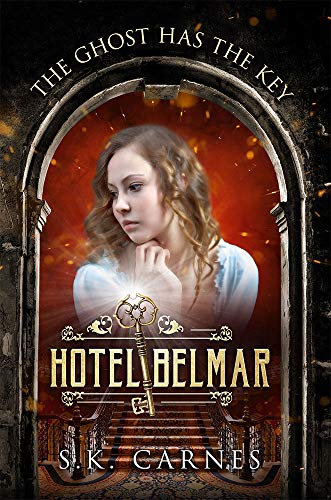This is a wonderful review of my last book, Hotel Belmar: The Ghost Has the Key. If you did not see it on Vida Maz, enjoy it here. And I hope you buy the book!
Category Archives: Uncategorized
What’s In a Name: Part 2 Burros and Miracles
Early on
The Mazatlecos, they said, buried their dead on the shore of the sea and not on sacred ground; they did not baptize their children, they did not consecrate their marital unions religiously; they did not celebrate the Catholic holidays; and, only a few went to the Masses 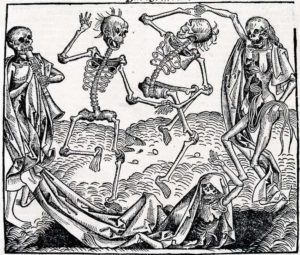 celebrated upon a portable altar brought to town. With all its wealth this was, at first, a town without a name, without law and without god.
celebrated upon a portable altar brought to town. With all its wealth this was, at first, a town without a name, without law and without god.
It is interesting to note that in early Mazatlan, the names of the first streets reflected their usage. For example, the streets that bordered the old Barrio of Skulls (Calles Leandro Valle, Carvahal and 21 de Marzo) had Spanish names meaning “Ditch” and “Jail.” (Notice the brevity of language, the “bare bones” descriptions). As the city expanded, tombs, graves and bones were dug up and moved further away from the city center to Municipal Panteon No 1. The new place was designed for Protestants, Catholics, and non -believers (with some sort of division) and it had a nickname: “The Plazza of the Burros.”
In the good old days, people died of many things : disputes, love gone wrong, ambushes, firing squads and war, cholera, childbirth, political ambition, poisoned food and water, yellow fever, the plague and accidents due to rapid expansion and bravado while under the influence.  This picture by Peter Brougel (Dutch painter in the 1500s) sets the tone for the move to the “Donkey Plaza” from the “Barrio of Skulls.”
This picture by Peter Brougel (Dutch painter in the 1500s) sets the tone for the move to the “Donkey Plaza” from the “Barrio of Skulls.”
What’s In a Nickname?
Pushing the limits of Google Translate and Babel Fish, our team researched Mexican historians, such as Lic. Oses Cole Isuna, Lic. Enrique Ayala, and Antonio Lerma Garay. Bette Schwarz consulted other sources, and we reveled in discoveries that left us more confused than ever. Nevertheless, here are several plausible reasons the plaza got it’s nickname. You decide.
In the newspaper El Correo de la Tarde,Julio 7 de 1899, there appeared this explanation and tribute to the lowly burro: In the early days, the dead were first brought to a coroner by mule or donkey where they were examined as to the reason for their death. If no one showed up to claim them, they were sent to the graveyard on a cart pulled by a burro. The “donkeys” or burros were the economical hearses carrying the bodies of those who had no one, were unknown, etc..”buried on common ground,” “often stacked in one large coffin wearing nothing or only the rags in which they died.” The placid donkey accompanied them on this, their final trip (final— until they got moved again to Panteon No. 2). Indeed, a burro was the last companion of the dead, and sole witness to an end of days.
As you can imagine, a true historical detective like Bette Schwarz was bothered and unable to sleep until she could crack the mystery of “why the nickname?”
*And then the break through!!!Bette read that at the beginning of the 19th Century, “donkey’s on vacation” or enjoying R and R could rest and frolic in a place adjacent to the plaza later named for burros. “Yes. That’s it!”
*Next, we discovered that In 1925, a year after Governor Angel Flores died a terrible death due to poisoning (rumored as the unfortunate result of his political ambition to be President of Mexico) Mazatlan City christened the plaza and school after him. Earlier, when commanding General Flores, President Obregon (a fellow citizen of Sonora) had honored him with the title of “best soldier of the revolution.” It was rumored that naming the plaza after Angel Flores was an opportunity to upscale the plaza that had fallen into ruin.
*Soon there was a rumor that the name “Plaza of the Burros” had turned “derogatory” and was “maliciously aimed” at this “named best soldier” who had fought with and under the revered “Pride of Mazatlan, Sinaloa,” the local, more humble, and better loved Juan Carrasco. This “vile and hateful” rumor was aimed at another rumor that Angel Flores had conspired with General Obregon to kill Juan Carrasco (note the use of flowery language that developed with the importance of politics and politicians). Of course non of these things could be true.
Poetic Truth
The Donkey
By G.K Chesterton
When fishes flew and forests walked
And figs grew upon thorn,
Some moment when the moon was blood
Then surely I was born.
With monstrous head and sickening cry
And ears like errant wings,
The devil's walking parody
On all four-footed things.
The tattered outlaw of the earth,
Of ancient crooked will;
Starve, scourge, deride me: I am dumb,
I keep my secret still.
Fools! For I also had my hour;
One far fierce hour and sweet.
There was a shout about my ears,
And palms before my feet.
And Justice
“The one who comes to a good tree, a good shadow shelters him,” says an old refrain. And strange as it seems a donkey proved this adage true. Gavilán was his name. He was a rich reddish color and sported a white nose. The multimillionaire Lloyd Rawlins bought him in 1895 to labor in his mine San Luis, of Dimas, Durango. Soon Gavilán became the millionaire’s preferred means of transportation in his wanderings in the Duranguense Sierra. But one day Mr. Lloyd decided to return to his home in Los Gatos, California, leaving behind his donkey Gavilan. After awhile however, the millionaire missed the braying of his former partner. “Surely the burro deserved a better deal than he could receive in the mines. Hadn’t he always served willingly?” And so, Mr. Lloyd sent for his donkey to travel first class by ship to San Francisco.
The ship carried 2130 boxes of tomatoes from the Mazatlan region, 70 giant loggerheads that had been trapped in Magdalena Bay, and that donkey from the Sierra de Durango. The millionaire pensioned his loyal donkey. Never again did the cruel weight of cargo rest on Gavilán’s reddish back. Indeed, the happy burro lived out his full life of 50 years in luxury as an esteemed member of Lloyd Rawlins family— and as his friend.
A miracle you say? Stranger than fiction perhaps? In two weeks on a Tuesday, we will see how donkeys figured in the Mazatlan waterworks, learn what happened when the town got religion, and just in time for Holy Week, begin the story of the Miraculous Chapel and Her procession.
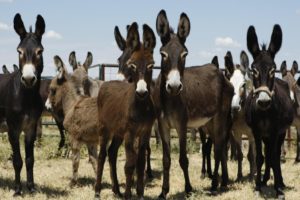
Buy Now:
Hotel Belmar: the Ghost Has the Key
is available on Amazon in paperback and e-book formats at: https://amzn.to/2pOpoMI

The Author will have books at the First Friday Art-walk in Mazatlan. May be sold at Saturday Market. Click here to read reviews.
Until then, going fast. Call 981-8072.
Other books by S.K.Carnes
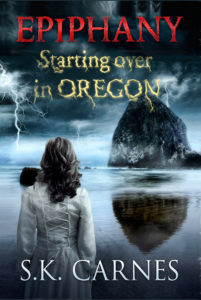
Click description
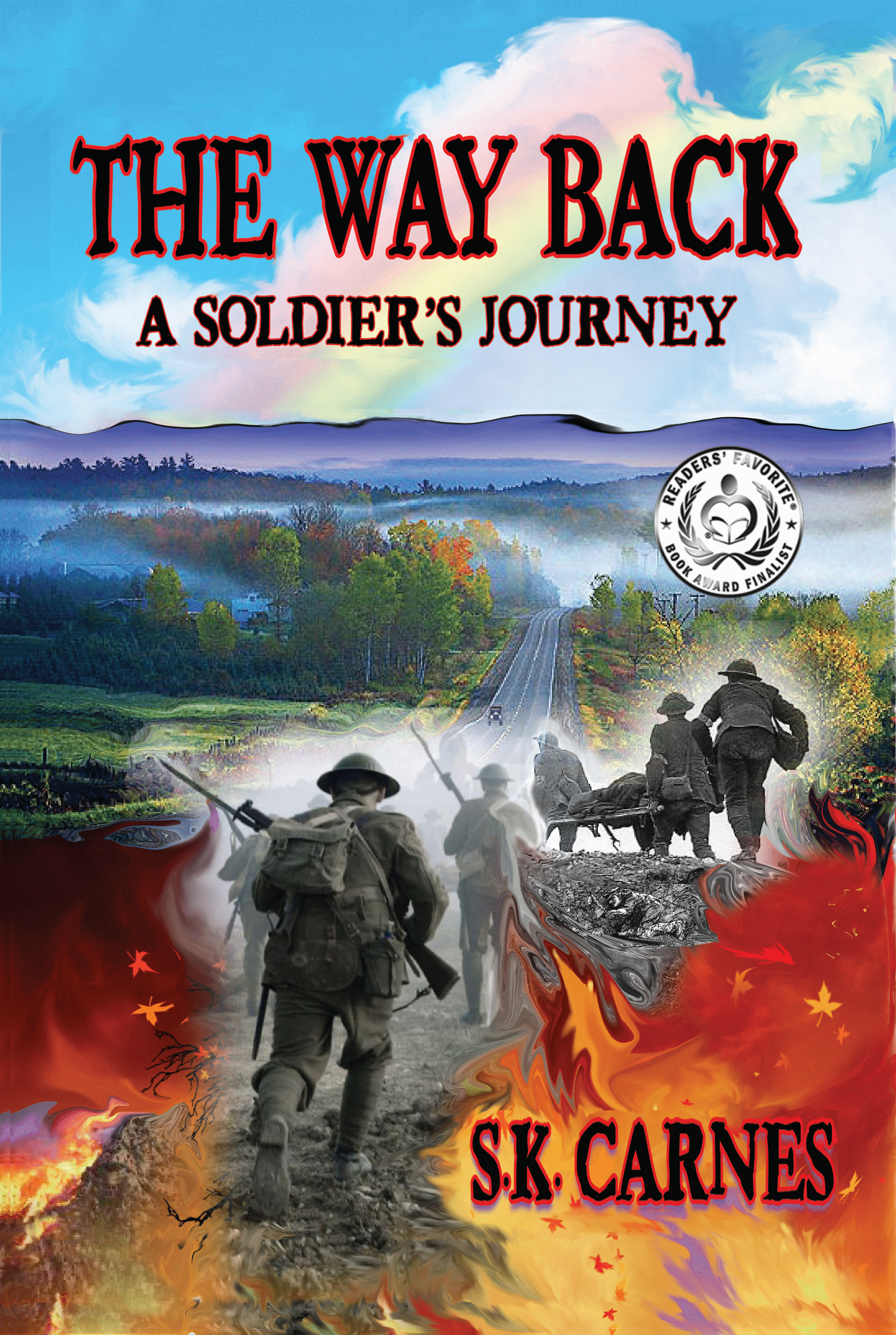
http:bit.ly/SoldiersJourney
Available in paperback, as an audiobook and e-book. Silver Medal from Readers Favorite
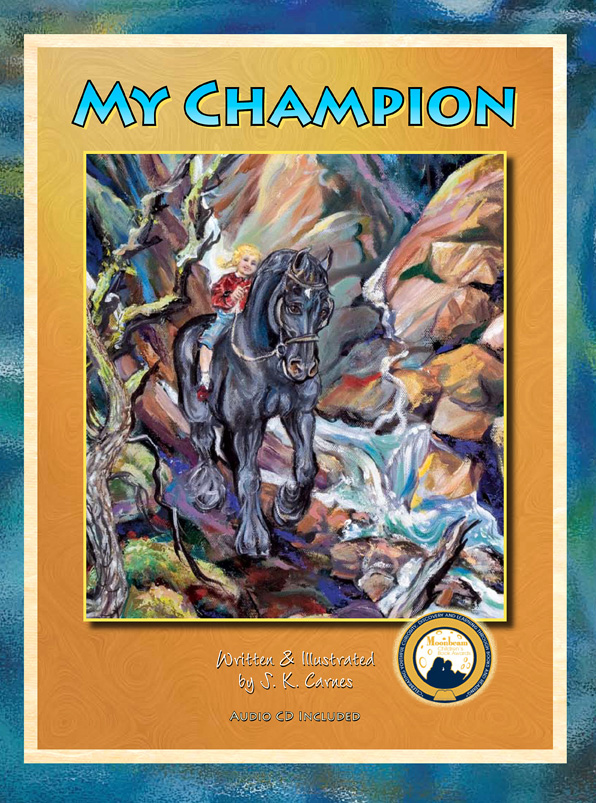
Error: Contact form not found.
Legendary High Flyers
Above image: massively.com/wp-content/uploads/2016/10/riders-of icarus
I remember the story of the bird that stopped singing when put into a cage. With that in mind, I want to write about those who let their spirits soar, smashing through limitations. They walk among us!
HIGH FLIGHT
By John Gilesppi McGee Jr.
Oh! I have slipped the surly bonds of earth,
And danced the skies on laughter-silvered wings;
Sunward I’ve climbed, and joined the tumbling mirth
Of sun-split clouds, –and done a hundred things
You have not dreamed of –Wheeled and soared and swung
High in the sunlit silence. Hov’ring there
I’ve chased the shouting wind along, and flung
My eager craft through footless halls of air…
Up, up the long, delirious, burning blue
I’ve topped the wind-swept heights with easy grace
Where never lark or even eagle flew —
And, while with silent lifting mind I’ve trod
The high untrespassed sanctity of space,
Put out my hand, and touched the face of God.
John Gilesppi McGee bounded from the cockpit of his plane with a scrap of paper in hand. The 18 yr. old American pilot for the Royal Canadian Airforce had jotted down a poem he called High Flight. It began,”Oh I have slipped the surly bonds of earth” Young McGee wanted to fly in the Battle of Britain so much that he illegally crossed Canada’s border and began flight training for World War II. Three months later the young pilot/poet was dead, tragically killed test flying a super marine Spitfire.
I first heard McGee’s poem recited by the President of the United States following the tragic loss of Challenger 7 and her legendary crew.
“We shall never forget them nor the last time we saw them, as they prepared for their mission and waved good-bye and slipped the surly bonds of Earth to touch the face of God.”—President Ronald Regan
 Mazatlan has her heroes! Every morning just at dawn, I walk past the memorial to Pedro Infante, a legend in bronze, that sits on a bluff overlooking the sea and Mazatlan Mexico where he was born. Pedro was an aviation fanatic and died in the crash of a war bomber he piloted. Another bronze statue is set in Mexico City made from the bronze keys of his fans. Two other such statues reside in Mexico. Pedro’s fame increased after his death. As Mexican American author, Denise Chavez, in her book “Loving Pedro Infante” put it humorously, “If you’re a [Mexican], and don’t know who he is, you should be tied to a hot stove with a yucca rope and beaten with sharp dry corn husks as you stand in a vat of soggy fideos.” Why? Because his spirt soared. He was a high flyer!
Mazatlan has her heroes! Every morning just at dawn, I walk past the memorial to Pedro Infante, a legend in bronze, that sits on a bluff overlooking the sea and Mazatlan Mexico where he was born. Pedro was an aviation fanatic and died in the crash of a war bomber he piloted. Another bronze statue is set in Mexico City made from the bronze keys of his fans. Two other such statues reside in Mexico. Pedro’s fame increased after his death. As Mexican American author, Denise Chavez, in her book “Loving Pedro Infante” put it humorously, “If you’re a [Mexican], and don’t know who he is, you should be tied to a hot stove with a yucca rope and beaten with sharp dry corn husks as you stand in a vat of soggy fideos.” Why? Because his spirt soared. He was a high flyer!
 I created this image for my soon to be published book Epiphany: Starting Over in Oregon which is about rising above fears. It is my attempt to describe spirit that won’t be confined, as a silver Pegasus. My next book will be about Mazatlan’s HOTEL BELMAR— the place of high flyers— fascinating people who dared much, their fame increasing after death, for such energy lives on. “We shall never forget them.”
I created this image for my soon to be published book Epiphany: Starting Over in Oregon which is about rising above fears. It is my attempt to describe spirit that won’t be confined, as a silver Pegasus. My next book will be about Mazatlan’s HOTEL BELMAR— the place of high flyers— fascinating people who dared much, their fame increasing after death, for such energy lives on. “We shall never forget them.”
Mazatlan was a favorite destination for Hollywood stars escaping prohibition and watchful eyes. Indeed, the Belmar was the first ocean front luxury hotel in Mexico that catered to the “tinsel town. ” John Wayne kept a room in the Belmar while he worked in Durango making movies. The Matinee idol Tyrone Power, a highly decorated Marine pilot in World War II, often played cards with the locals in the spacious game room.
 I found this picture of Errol Flynn high-up the mast of his beloved yacht that frequented the Mazatlan waterfront. See it at The Hairpin.com: The scandals of Classic Hollywood: In Like Errol Flynn. I am collecting more pictures and legends of the Belmar Hotel in Sinaloa, Mazatlan, Mexico to share in this Blog and in my new book. Stay tuned…
I found this picture of Errol Flynn high-up the mast of his beloved yacht that frequented the Mazatlan waterfront. See it at The Hairpin.com: The scandals of Classic Hollywood: In Like Errol Flynn. I am collecting more pictures and legends of the Belmar Hotel in Sinaloa, Mazatlan, Mexico to share in this Blog and in my new book. Stay tuned…
Error: Contact form not found.

he named her Malala.
In the darkness, we have this star to follow.

